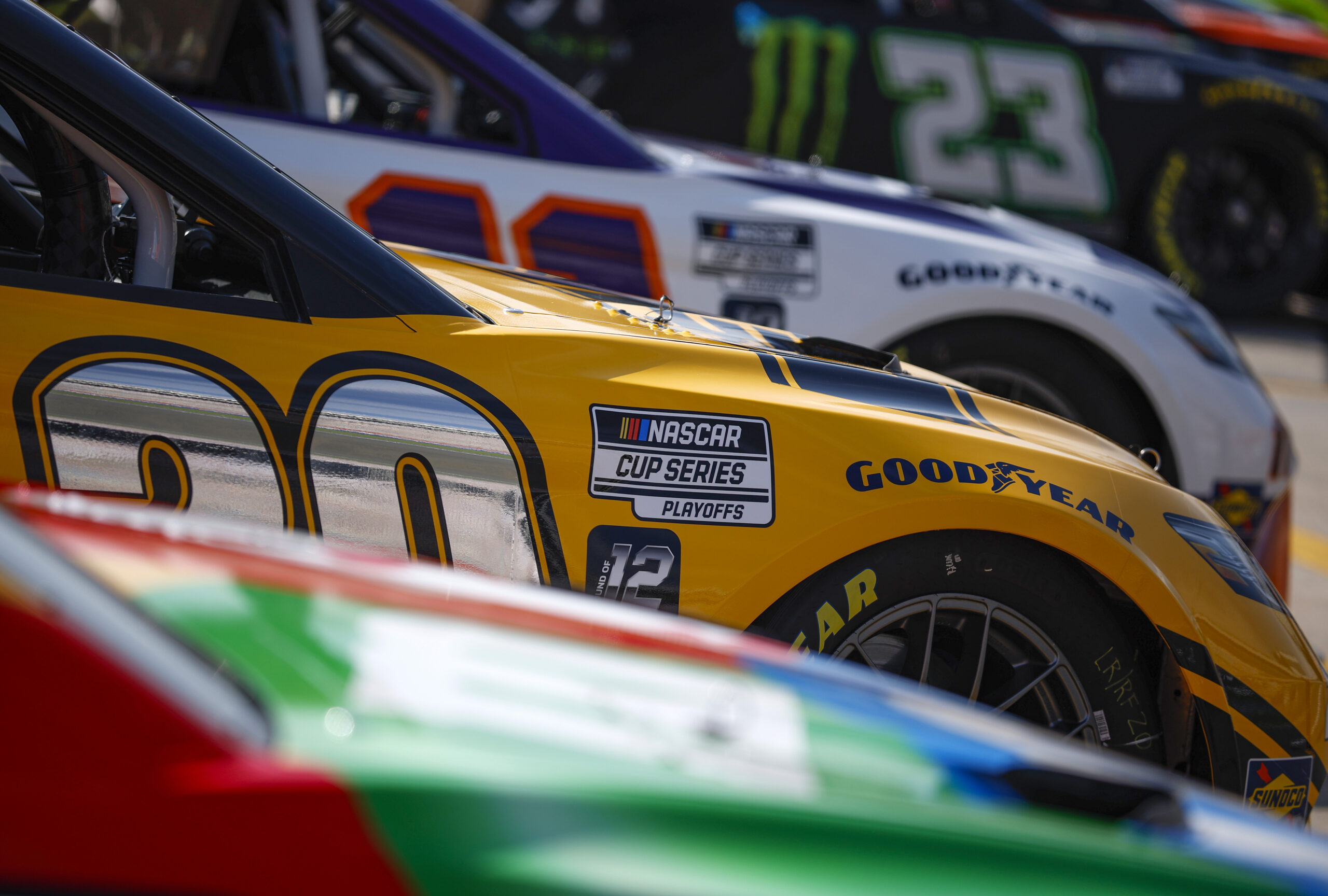
There are plenty of rules that NASCAR fans love to hate, but these rules are in place for a reason. As a result, many of them will never be changed no matter how many NASCAR fans wish they would be. Here are the rules that NASCAR will not change, regardless of some fans’ opinions of them.
Many fans wish that NASCAR would get rid of the Playoffs and return to a season-long points format. Others hope NASCAR would tweak the format in one way or another. While tweaking it may or may not come at some point, abolishing the format entirely is not going to happen.
In the annual State of the Sport address in November of 2023, Steve Phelps said regarding the Playoff format, “It’s an incredible, incredible playoff system that rewards the best drivers in our sport.” The Playoff system rewards winning, as is evidenced by every Champion from 2014-2022 winning the Championship race, and the system creates big moments like the “Hail Melon”. As long as the Playoffs create moments like that, what incentive does NASCAR have to change it? Especially with a Netflix series about the NASCAR Playoffs.
While NASCAR fans are split on stage racing, stage cautions are probably the most controversial element of it. Stage cautions break up the flow of a race, and it forces teams to strategize for guaranteed caution instead of the natural flow of a race. The problem is, that NASCAR has tried to take away stage cautions before.
In 2023, NASCAR experimented by taking stage cautions away from road courses, and the results were mixed overall. While fans enjoyed the strategy elements of racing without guaranteed cautions, the lack of cautions and restarts bunching up the cars meant the field was more spread out. NASCAR has been trying to bring the field closer together in the Next-Gen era, and the more a field gets spread out, the less NASCAR will be pleased with the product.
Ask any driver or fan how to improve the racing product, particularly on short tracks, and the answer will almost universally be horsepower. More horsepower means more off-throttle time and more RPMs which means lap time variability through increased tire wear and increased emphasis on driver skill. Unfortunately, increasing horsepower is not as simple of a fix as it seems.
We dive more into detail about this issue in the article above, but, in short, NASCAR seems quite content with keeping horsepower as-is. With Honda rumored to be interested in entering the sport, NASCAR seems somewhat vindicated in keeping horsepower low for a new manufacturer. There is also the added cost to the race teams that increased horsepower could do, so, for now, horsepower will stay at 750.
With Bristol’s spring race back on concrete, NASCAR is back to being an entirely asphalt series. Fans and drivers alike are split on whether or not a dirt race needs to be on the schedule. Regardless of that, a dirt track race is not likely anytime soon.
NASCAR could dump dirt on an existing race track like they did with Bristol, but, that costs money. As far as purpose-built dirt tracks go, they are usually in small markets with not enough infrastructure to host the NASCAR Cup Series. It’s simply impractical for multiple reasons.
In 2017, NASCAR instituted the “Damage Vehicle policy”, which limited what types of things teams could fix after a crash. Teams have a limited amount of time on pit road to make approved repairs to a race car, and the clock is reset at 0:00 if the car reaches minimum speed. While NASCAR fans may get annoyed at this because of how limiting it is for teams, there’s a practical reason for this policy.
First off, it saves the teams time and money because they don’t need to fit a bunch of new parts and pieces on the car after a crash. Secondly, having a damaged, beat-up car rolling around well off the pace is more of a hazard than anything else. As annoying as it can be for a driver to be done for what seems to be a small issue, the rule is in place for a good reason.
What other rules will fans never see changed no matter how much they ask for it?
